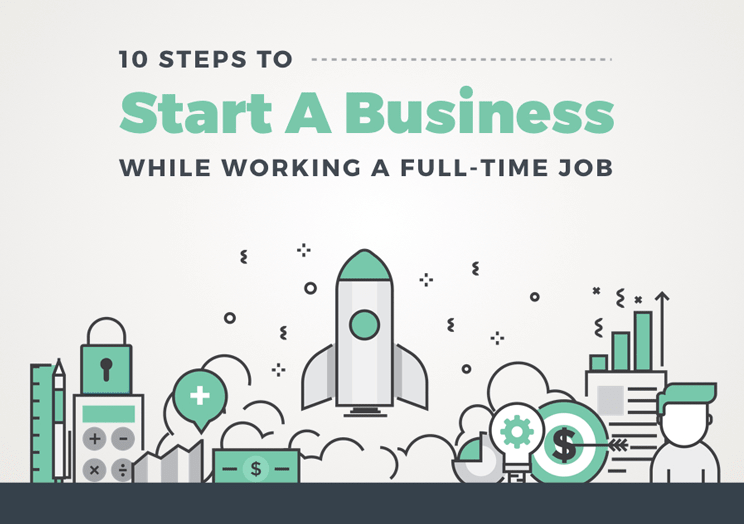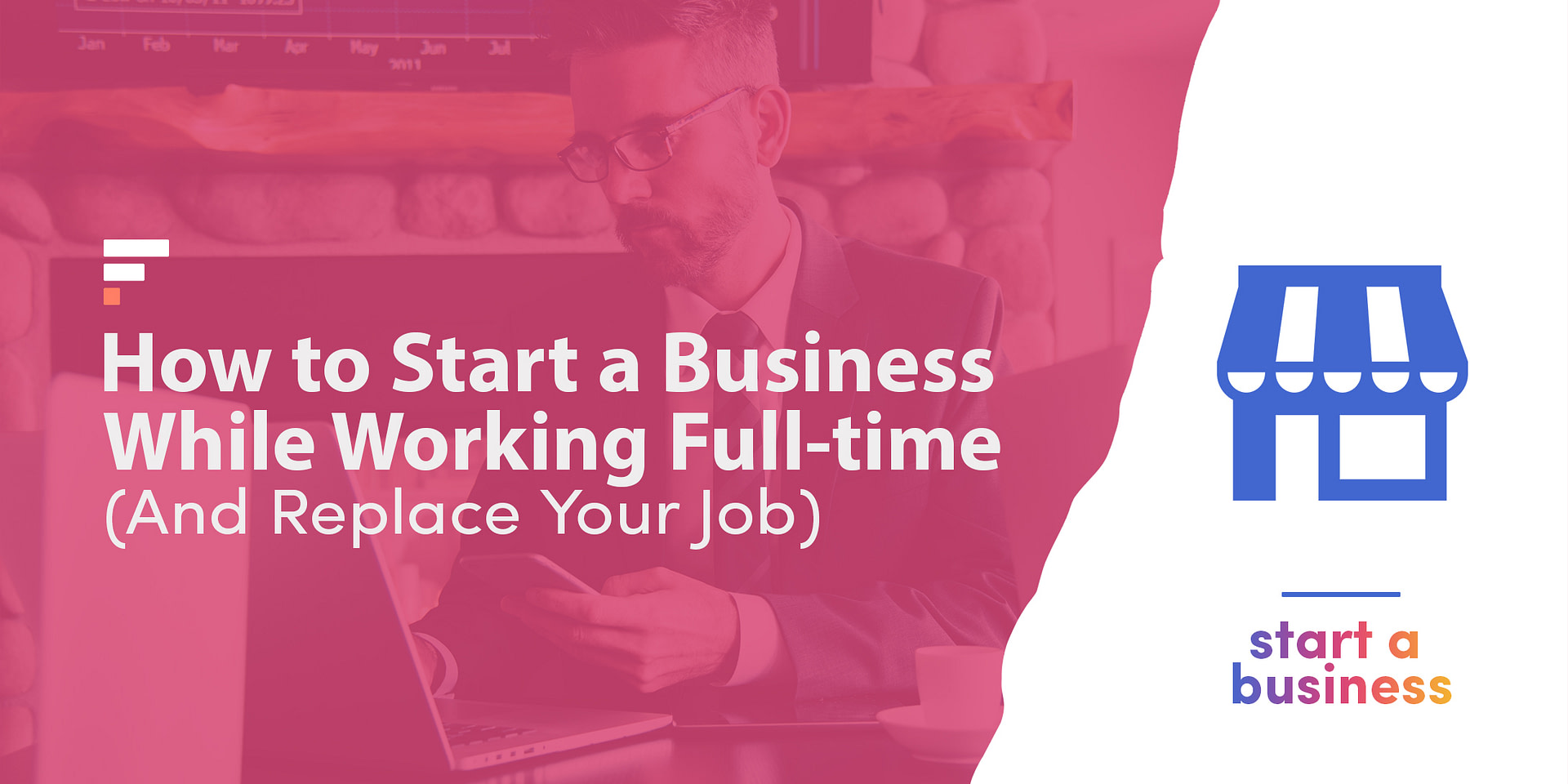Starting A Business While Working Full Time

The entrepreneurial surge continues, with a significant portion of new business ventures launched by individuals holding down full-time jobs. Juggling a 9-to-5 and a burgeoning business presents unique challenges, but many are finding it's a viable path to realizing their entrepreneurial dreams.
This dual approach, termed "side hustling" or "parallel entrepreneurship," offers a safety net while testing the waters of business ownership. It demands meticulous time management, unwavering dedication, and a clear understanding of both legal and personal boundaries.
The Rise of the Parallel Entrepreneur
A recent study by Zapier found that over 40% of Americans have a side hustle. These individuals are not just looking for extra income; they're seeking greater autonomy and fulfillment.
Many are motivated by a desire to escape the traditional corporate structure and build something of their own. This is particularly prevalent among millennials and Gen Z, who prioritize flexibility and purpose in their careers.
Key Challenges and Strategies
Time management is paramount. Entrepreneurs must strategically allocate hours outside of work to their business, often requiring early mornings, late nights, and weekend sacrifices.
Setting realistic goals and prioritizing tasks are essential to avoid burnout. Utilizing productivity tools and delegating responsibilities where possible can free up valuable time.
Legal and ethical considerations are also crucial. Employees must review their employment contracts carefully to ensure their side business doesn't violate any non-compete or confidentiality clauses.
Transparency with employers, where appropriate, can help avoid potential conflicts. Protecting intellectual property is also a major concern for new business owners.
Financial Considerations
One of the biggest advantages of starting a business while employed is the reduced financial risk. The steady income from a full-time job allows entrepreneurs to bootstrap their ventures without relying heavily on loans or investments.
Careful budgeting and financial planning are still necessary, especially when it comes to startup costs and taxes. Keeping meticulous records and consulting with a financial advisor can prevent costly mistakes.
According to the Small Business Administration (SBA), a well-defined business plan is crucial for success. The business plan should include financial projections, market analysis, and a clear strategy for growth.
Success Stories and Resources
Many successful businesses started as side hustles. For example, Sara Blakely, the founder of Spanx, worked full-time in sales while developing her initial prototype. Her story is an inspiration to many side hustlers.
Numerous resources are available to assist aspiring entrepreneurs. The SBA offers counseling, training, and access to capital. Online platforms like Shopify and Etsy provide easy-to-use tools for building an online presence.
Local business incubators and co-working spaces can also offer valuable support and networking opportunities. Mentorship programs can connect new entrepreneurs with experienced business owners.
Looking Ahead
The trend of starting a business while working full-time is expected to continue. As technology evolves and remote work becomes more prevalent, the barriers to entry for entrepreneurship are lower than ever.
This presents both opportunities and challenges for individuals and businesses alike. Employers need to adapt to the changing landscape and create supportive environments for employees who are also entrepreneurs.
The next step for many parallel entrepreneurs is determining when and how to transition to full-time business ownership. This decision should be based on financial stability, market demand, and a clear vision for the future.


















